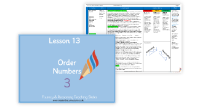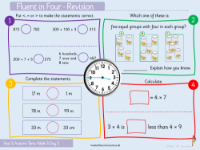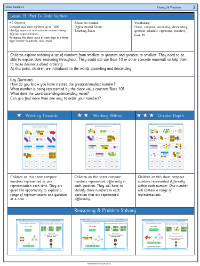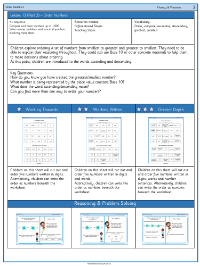Place value - Order numbers - Presentation
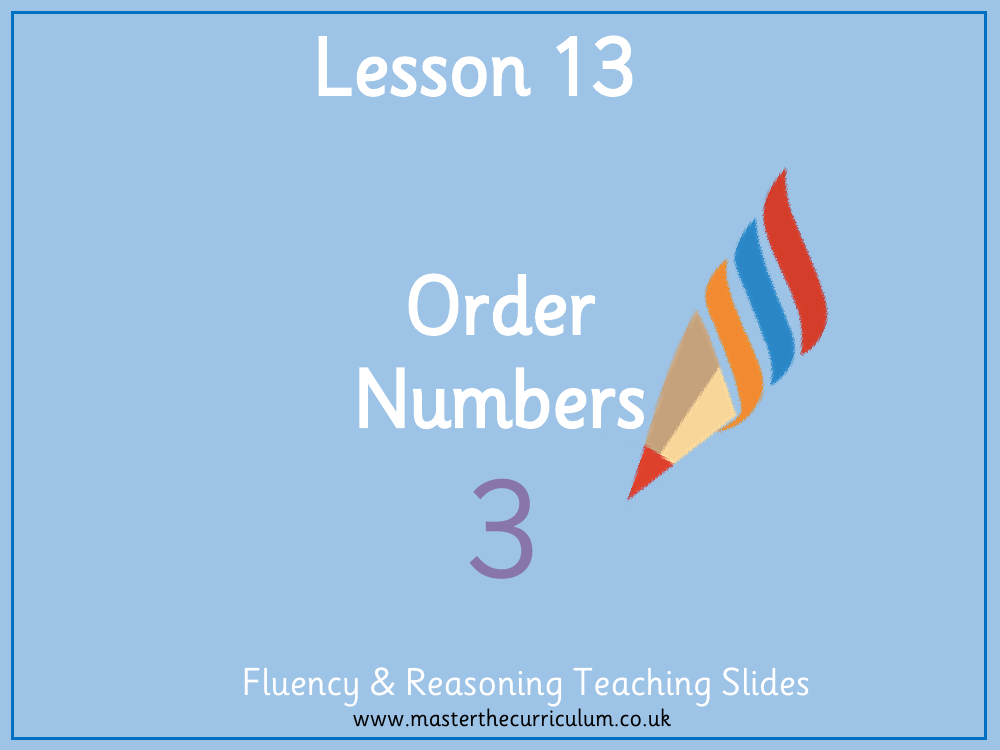
Maths Resource Description
The lesson on ordering numbers is an engaging session that delves into the concept of place value for students. It begins by refreshing their memory on how to order two-digit numbers before expanding the challenge to larger digits. The initial discussion sets the stage for understanding what 'ordering' means in the context of numbers. Students are then presented with digit cards and tasked with creating the largest and smallest possible numbers from these cards. For example, given the digits 4, 3, and 5, the greatest number that can be formed is 543, while the smallest is 345. This activity not only reinforces their understanding of place value but also encourages them to think critically about number arrangement.
Further activities involve using place value counters or base ten blocks to represent numbers, and students are prompted to use comparison symbols to determine the relationships between different numbers. For instance, they might compare 102 and 100 using the symbols <, >, or = to make correct statements. Another key aspect of the lesson is understanding the terms 'ascending' and 'descending' order, which students practice by arranging a given set of numbers. They are also introduced to real-life scenarios, such as Rosie's list of numbers that have been obscured by ink, where they must use reasoning to determine possible missing numbers. The lesson culminates in independent work where students add comparison symbols and cut out and order numbers, reinforcing the skills learned throughout the session.
